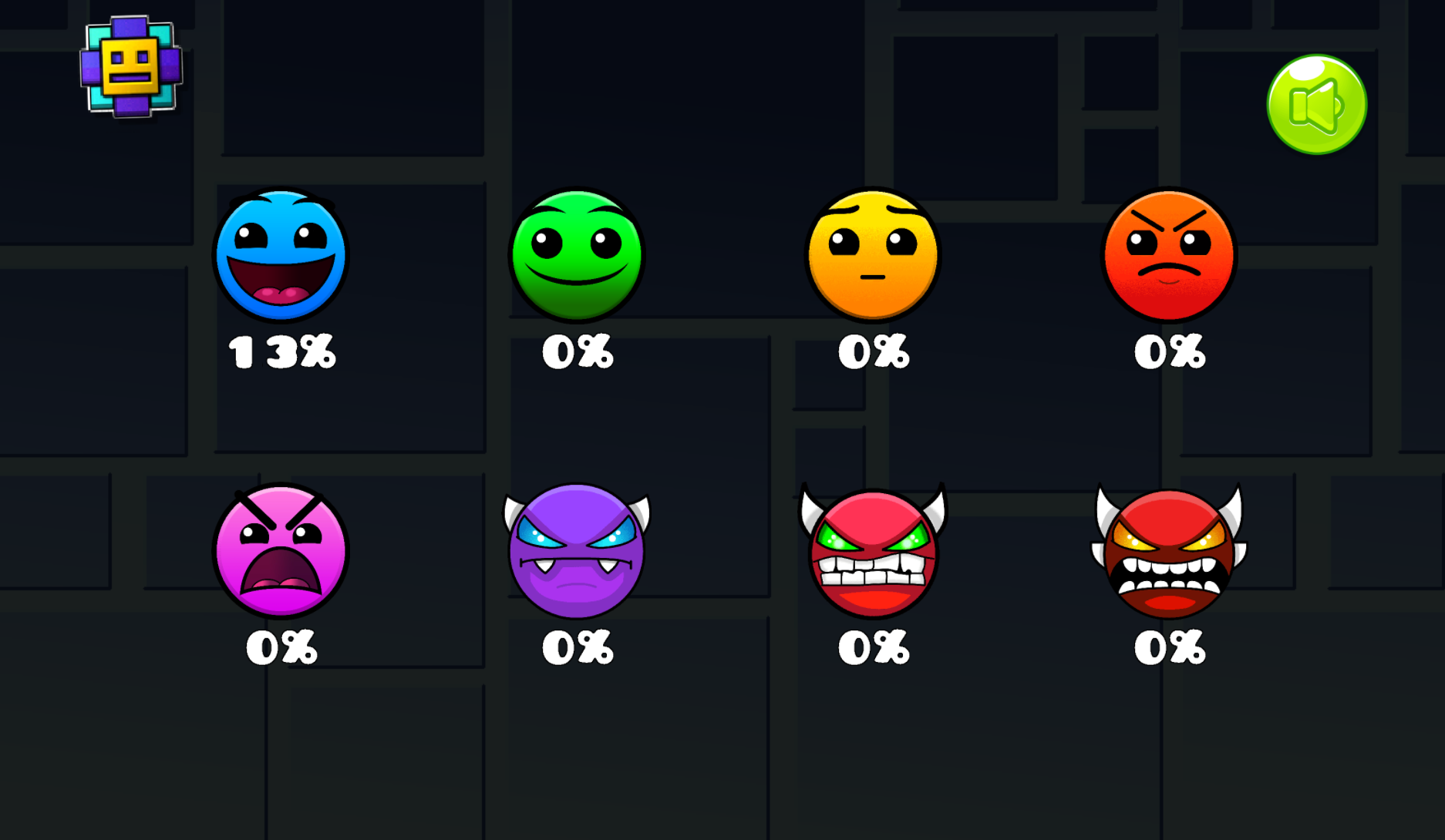Dodge traps, read twice, and outwit the quiz that cheats back
Challenge your brain with 110 troll-logic questions—spot puns, dodge traps, and survive bomb timers. Use 7 skips wisely and beat The Impossible Quiz in your browser.
Keep exploring
Keep your night shift energy up with more browser horror, tense escape rooms, and quick palate cleansers we trust.

Your routine is the experiment
Your routine is the experiment

Rocket-Packed Kart Battles in Your Browser
Rocket-Packed Kart Battles in Your Browser

Command Every Snap in Retro Bowl 26
Command Every Snap in Retro Bowl 26

Wall-jump your way across a sugar-sweet world
Wall-jump your way across a sugar-sweet world

Corporate layoffs, meet ragdoll chaos
Corporate layoffs, meet ragdoll chaos

One tab, countless voxel adventures
One tab, countless voxel adventures

Meme vaults to crack. Traps to dodge. Loot to bank.
Meme vaults to crack. Traps to dodge. Loot to bank.

Ride the waveform to the beat
Ride the waveform to the beat

Outlast the diner. Trust your ears. Move when it’s safe.
Outlast the diner. Trust your ears. Move when it’s safe.

Turn dominoes into a daily deduction ritual
Turn dominoes into a daily deduction ritual
Survive the most mischievous quiz on the web
Read twice, click once
The Impossible Quiz looks like a simple Q&A, but every screen is a prank waiting to spring. Instead of straightforward trivia, you face wordplay that twists directions, hidden hotspots that refuse to sit where they belong, and timers that explode if you panic. Success comes from careful reading, lateral thinking, and the patience to learn from failure. The Impossible Quiz rewards curiosity, pun literacy, and calm under pressure more than encyclopedic facts.
What makes this browser classic stick
Each prompt in The Impossible Quiz is a miniature puzzle box. Sometimes the right move is to ignore the obvious button and press a dot in the corner. Other times you must drag an object, spell a homophone, or take instructions painfully literally. Because both you and the questions operate on different wavelengths, the punchline lands only when you abandon normal test-taking instincts and start exploring the screen like a mischievous detective.
You begin The Impossible Quiz with exactly three lives for the entire gauntlet, so every misclick hurts. The game also supplies seven skips, but you will want to stash them for the final sequence. New players often burn these get-out clauses early; veterans treat them as sacred until the endgame strings together multiple brutal traps in a row.
Core loop, explained clearly
Click into The Impossible Quiz and you will see a clean layout: a question or instruction, a set of clickable answers (not always trustworthy), and sometimes a bomb timer. The timer is there to rattle you. It rarely allows enough time to think linearly, which is the point—quick pattern recognition beats slow calculation. When you fail, the restart is immediate, and your memory becomes the most important upgrade you possess.
How to think like the quiz
The design philosophy behind The Impossible Quiz is to subvert expectations. If a prompt mentions color, the answer might reference the word order in a phrase rather than literal pigment. If a button says “Do not touch,” pressing anything else might be the trap. When a question instructs you to click the smallest, it could mean the smallest visible pixel, the smallest letter in the line, or even the smallest idea implied by a pun. Train yourself to scan the entire screen, hover over edges, and experiment with dragging items that look immovable.
Managing resources defines late-game success in The Impossible Quiz. Lives are precious, but so is your mental focus. If a question consistently trips you up, make a quick note of the correct action. Because the sequence remains fixed, the fastest path forward is simply mastering the route and executing it cleanly, saving concentration for the new or tricky sections that follow.
Bombs, speed, and composure
Bomb questions in The Impossible Quiz are there to induce panic. The most reliable counter is a two-step habit: read the command out loud once, then perform the simplest action that fits the literal wording. If the timer is tight, prioritize motion over perfect certainty. When a bomb appears after a known checkpoint, consider whether it is worth spending a life to scout possibilities, then bake the solution into your next run.
Patterns you will start to recognize
After a dozen attempts, The Impossible Quiz begins to reveal its favorite tricks. Puns dominate, especially homophones that sound like a completely different command. Visual gags come next: arrows that point away from truth, colors that lie, or icons that hide clickable areas. Finally, there are meta-moments where the instruction references the interface itself, asking you to operate outside the obvious buttons.
Skips are a strategic currency in The Impossible Quiz. Hoard them. If you are deep into a run and face a notorious time sink, a skip can preserve your focus for the cascade of traps ahead. Just remember the finale expects you to show up with every skip intact; consider each one a future ticket, not a present solution.
Examples of mischief (spoiler-light)
One style of question in The Impossible Quiz asks you to obey wording so literal it becomes absurd. Another feigns a classic trivia format, then swaps meaning at the last second with a tiny visual cue. A third looks harmless until you realize the answer is not on the screen at all—it is under a draggable panel or hidden in a letter’s dot. These patterns teach you to interact, not just to read.
Control, accessibility, and rhythm
The control scheme in The Impossible Quiz could not be simpler: a mouse or touchpad click, occasional keyboard input, and the willingness to move things around when the UI pretends you cannot. Because loads are instant, runs feel like speed-learning sessions. Each failure slices away uncertainty; each success locks a solution into muscle memory.
Who enjoys The Impossible Quiz most? Players who smile when instructions sound unfair. Streamers who want chat to argue over puns. Students of game design who love to see expectation management turned into a mechanic. Anyone who enjoys that moment when nonsense suddenly reveals a perfectly consistent internal logic.
Beginner roadmap to your first clear
Your earliest sessions in The Impossible Quiz should focus on exploration rather than survival. Don’t worry about lives; chase discoveries. Once you have a mental map of the first twenty or thirty prompts, start aiming for clean, life-preserving runs. Keep a lightweight note of the few steps that still cause hesitation. The goal is to build an autopilot through familiar terrain so you can dedicate attention to new hurdles.
Advanced strategies for consistency
Veterans of The Impossible Quiz often chunk the run into sections demarcated by memorable gags. Between chunks, take a literal deep breath to reset hands and eyes. For bomb-heavy parts, keep the cursor near the center so you can react in any direction. If an instruction seems to contradict itself, look for a word with multiple meanings—then test the less obvious one first.
Momentum matters in The Impossible Quiz. Because many traps prey on frustration, the best defense is calm repetition. Treat each misfire as information gained rather than progress lost. When tilt creeps in, step away for a minute; returning with a fresh perspective frequently turns a roadblock into a one-try solve.
Replay value and shareable victories
The linear structure of The Impossible Quiz might look finite, but the satisfaction curve is steep. Shaving mistakes, preserving lives, and arriving at the finale with all seven skips intact transforms the last stretch from dread to triumph. The moment you finally thread the sequence feels earned because every trick taught you something concrete about how this world thinks.
Why it remains a classic
Many modern puzzle games borrow ideas that The Impossible Quiz popularized: meta-instructions, UI jokes, sly timing. Yet few match its density of gags per minute or its gleeful disregard for normal test logic. It is not about knowing facts; it is about embracing the weird, playing with language, and noticing what others overlook.
If you want a compact challenge that sharpens observation, humor, and reflexes in equal measure, The Impossible Quiz delivers. Approach with curiosity, conserve your resources, and let pattern recognition carry you when timers threaten to blow. Learn the route, keep your cool, and you will discover that the wall labeled “impossible” was always a door.
Share Dodge traps, read twice, and outwit the quiz that cheats back
Spread the word, invite friends, or bookmark this page to revisit the story whenever you need it.